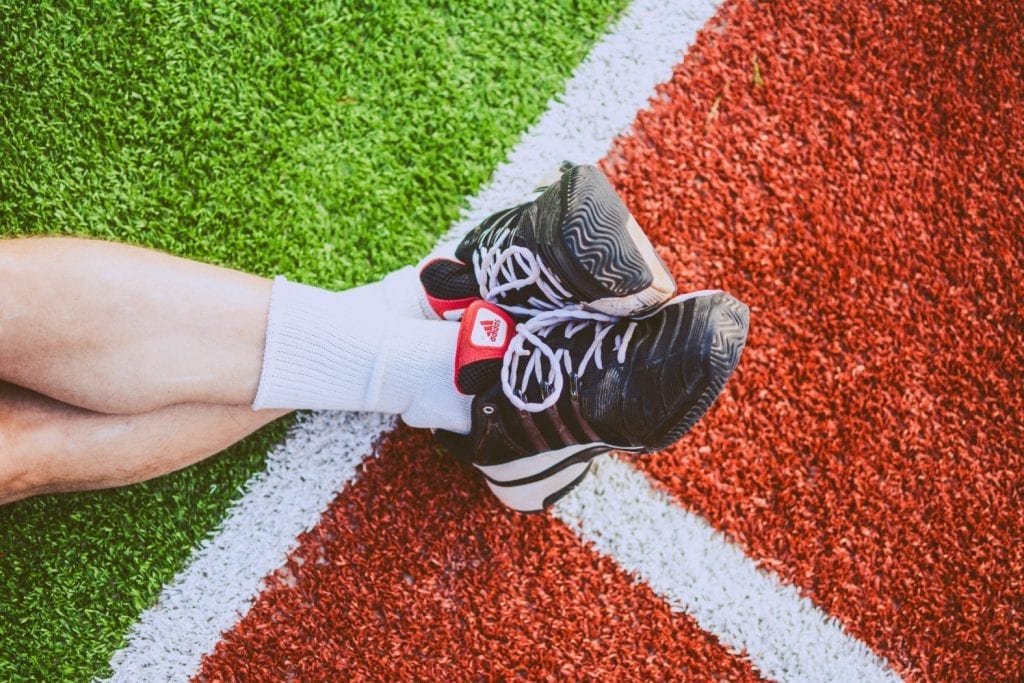Probably the most overlooked and nagging injuries in sports is the dreaded sprained ankle. It happens in almost all sports from football to basketball, soccer to baseball. Ankle sprains do not discriminate by age, gender or sport.
Current research places the incidence of ankle injuries at approximately 1 million per year. Of these, 85 percent are ankle sprains.
The most commonly heard phrase in regards to an ankle injury has been, “walk it off.” But for young athletes, that may not always be the best idea.
For young athletes, it is always important to remember that they are still developing. And the skeletal system has not fully matured. Typically, growth plates close by the age of 16 in girls and 18 in boys. This makes it difficult to diagnose an ankle sprain vs. a growth plate fracture in younger athletes.
Sometimes they are treated the same in younger athletes. As a result the athlete may be “casted to protect the growth plate”. This makes it a good idea to go see a physician with any ankle injury in a young athlete.
_______________________________
GET CONNECTED:
Follow SportStars on Twitter & Instagram | Like us on Facebook | Subscribe!
_______________________________
What to know about ankle sprains
Once you know for sure it’s an ankle sprain, there are some other important things to know. Current medical journals show that once you sprain your ankle you could have as high as 80 percent chance of re-injuring that ankle. This has been shown to be greatly reduced by rehabilitating your ankle sprain with physical therapy.
The treatment provided by a physical therapist seeks to restore range of motion and strength. Also, it restores proprioception at the ankle. Proprioception is the body’s sense of position and the changes necessary to maintain that position.
So what are some good things to work on to help your therapist in your recovery?
R.I.C.E.
R.I.C.E. stands for Rest, Ice, Compression, and Elevation.
You probably already know this if you’ve read this column with any regularity. Giving your ankle a break after the ankle sprain will help with pain levels. Icing will help reduce swelling and decrease pain. Compression also helps reduce swelling by limiting the available space. Just be sure not to make it so tight you lose good circulation. Finally, elevating your foot above the level of your heart will also help reduce swelling. All of these help to reduce swelling and improve range of motion.
Range of Motion: Toes to your nose!
Practice this by pointing your foot as far down as you can, then bring it back up with your “toes to your nose,” and moving the foot side to side. Both should be done in a pain-free range as often as possible.
Proprioception Training: Balance and Brush
As soon as you’re able, try balancing on one foot. When that becomes too easy, try balancing on one foot while brushing your teeth. This helps reinforce the brain’s ability to perceive ankle position and make necessary corrections.
Working on these will help you in your recovery from an ankle sprain and keep you a step ahead of everybody else.
Tom Clennell, UCSF Benioff Children’s Hospital
[bsa_pro_ad_space id=15]

